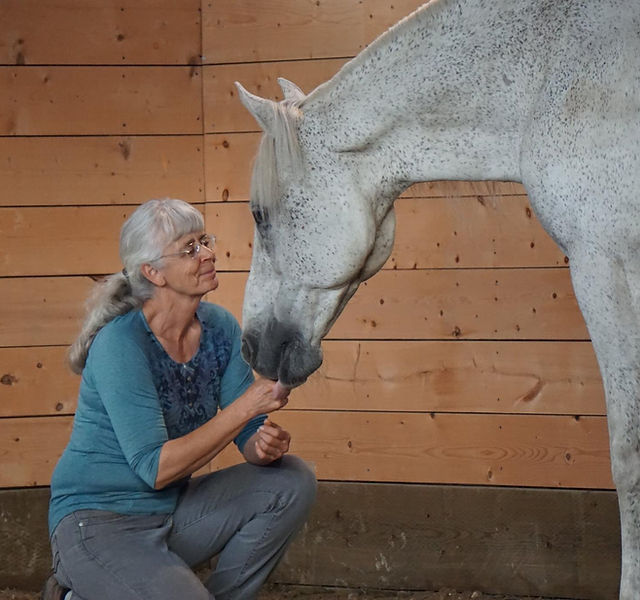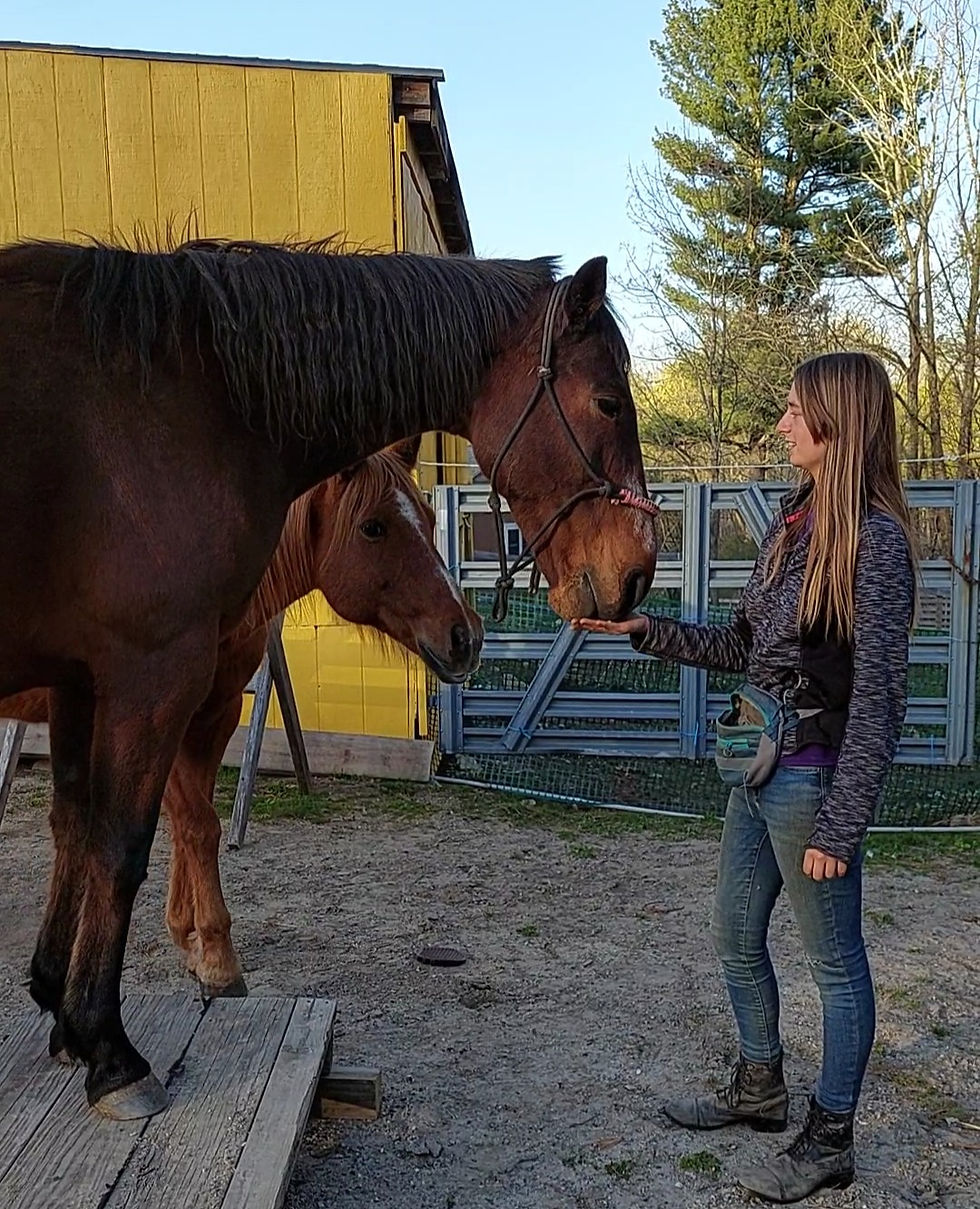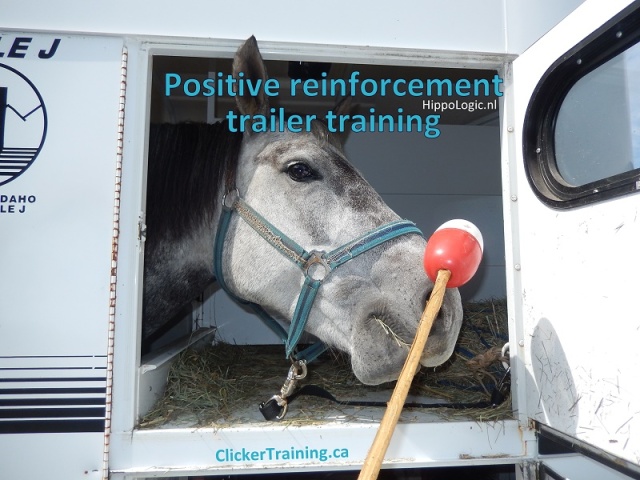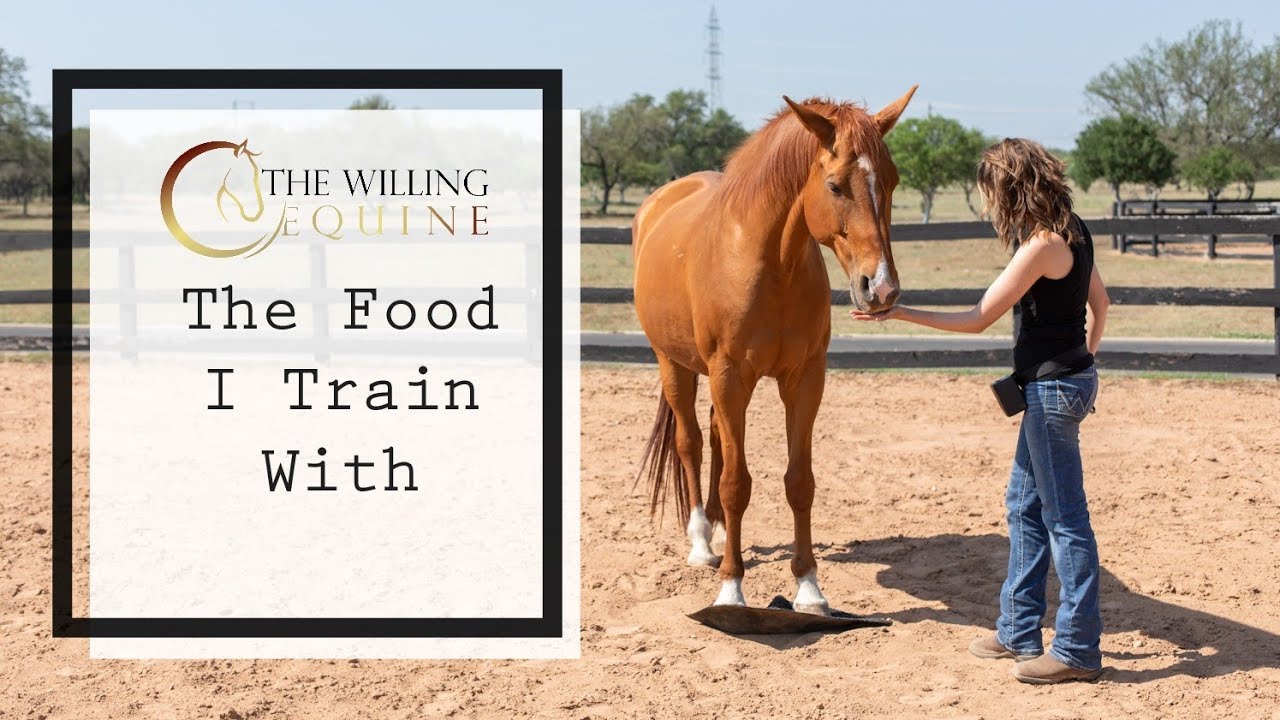Positive Reinforcement in Horse Training: A Comprehensive Guide

Positive reinforcement is a powerful and humane method used in horse training that encourages desired behaviors by rewarding the horse. This approach not only strengthens the bond between horse and trainer but also promotes a more willing and confident equine partner.
What is Positive Reinforcement?

Positive reinforcement involves adding a pleasant stimulus immediately after a desired behavior to increase the likelihood of that behavior being repeated. In horse training, this often means giving treats, praise, or other rewards when the horse performs correctly.
| Key Elements of Positive Reinforcement | Description |
|---|---|
| Reward | Something the horse finds motivating (e.g., treats, scratches) |
| Timing | Immediate delivery after the desired behavior to create a clear association |
| Consistency | Repeating the reward every time the behavior occurs to reinforce learning |
Benefits of Positive Reinforcement in Horse Training

- Enhances Learning Speed: Horses learn faster when motivated by rewards.
- Builds Trust: Creates a positive relationship between horse and trainer.
- Reduces Stress: Minimizes fear and anxiety during training sessions.
- Encourages Voluntary Participation: Horses are more willing to engage and try new behaviors.
How to Implement Positive Reinforcement
- Identify Motivators: Find out what your horse values most (e.g., treats, petting, verbal praise).
- Mark the Behavior: Use a clicker or a consistent verbal cue to signal the exact moment the desired behavior occurs.
- Deliver the Reward Promptly: Timing is crucial to help the horse connect the behavior with the reward.
- Be Consistent: Always reward the behavior initially, then gradually phase out treats while maintaining praise.
Common Positive Reinforcement Techniques
| Technique | Description | Example |
|---|---|---|
| Clicker Training | Using a click sound to mark desired behavior | Clicking when the horse lifts a hoof |
| Treat Rewards | Giving food treats as a reward | Offering a carrot after a successful command |
| Verbal Praise | Using encouraging words | Saying “Good boy/girl!” enthusiastically |
Frequently Asked Questions (FAQ)
Q1: Can positive reinforcement replace all traditional training methods?
A1: While positive reinforcement is highly effective, combining it with other methods can sometimes yield the best results depending on the horse and training goals.
Q2: What if my horse doesn’t respond to treats?
A2: Try different motivators such as scratches, toys, or verbal praise to find what your horse prefers.
Q3: How long does it take for positive reinforcement to work?
A3: Results vary, but many horses begin showing progress within a few sessions when rewards are consistent and timely.
Q4: Is positive reinforcement suitable for all horses?
A4: Yes, it is generally suitable for horses of all ages and temperaments, promoting a stress-free learning environment.
By incorporating positive reinforcement into your horse training routine, you can foster a more enjoyable and effective learning experience for both you and your horse. This method not only improves behavior but also strengthens the trust and communication essential for a successful partnership.
